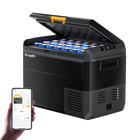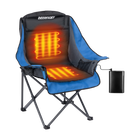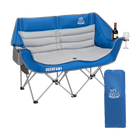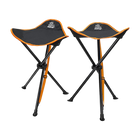What Is a Semi-Solid Battery? A Thorough Comparison of the Differences Between Lithium Iron Phosphate Batteries and Ternary Lithium-Ion Batteries
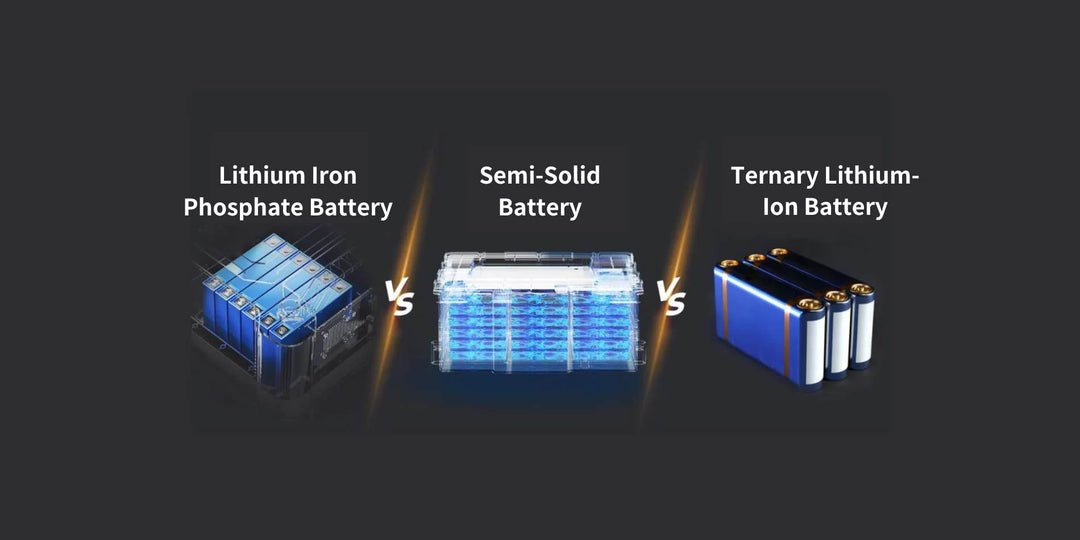
Batteries are an indispensable part of our daily lives, and there is a wide variety to choose from. In particular, large-capacity batteries used in electric vehicles and portable power stations employ various technologies. But what are the characteristics, advantages, and disadvantages of each type of battery? And in what situations are these different batteries used?
In this article, we will explain, in an easy-to-understand manner, the differences between semi-solid state batteries, lithium iron phosphate (LiFePO4) batteries, and ternary lithium-ion batteries. By the time you finish reading this article, you will be able to select the best battery for the electronic device you are considering purchasing or using.
What Is a Semi-Solid State Battery?
A semi-solid state battery is a new type of battery that combines the characteristics of solid-state electrolytes and liquid electrolytes. It is primarily being developed for lithium-ion batteries and features high ionic conductivity in the electrolyte. Semi-solid state batteries are expected to be a promising battery technology with high energy density, safety, longevity, and minimal environmental impact.

Semi-solid state batteries come in three types: gel polymer, clay-like, and liquid-added.
Gel Polymer Type: Flexible batteries with electrolytes in gel form. They are resilient to bending and capable of fast charging, making them suitable for card-type and wearable devices.
Clay-Like Type: Batteries with a clay-like consistency where the electrolyte is mixed into the electrodes. These have a low risk of leakage or ignition and are long-lasting. They are well-suited for solar power generation and automotive applications.
Liquid-Added Type: Batteries made of ceramic that are soaked with a small amount of electrolyte. They have high thermal stability and can be used at high temperatures. Ideal for IoT, industrial equipment, and automobile interiors.
Batteries charge and discharge by moving ions between the positive and negative electrodes, and the type of ion determines the name of the battery. For instance, lithium-ion batteries involve lithium as the ion.
The pathway through which ions move is called the electrolyte. While lithium-ion batteries use a liquid electrolyte, this liquid is flammable and poses risks. Therefore, batteries with solid or gel electrolytes have been developed. These are known as all-solid-state batteries or semi-solid state batteries. By turning the electrolyte into a solid or gel, the safety of the battery is enhanced.
What Is a Lithium Iron Phosphate (LiFePO4) Battery?
A lithium iron phosphate (LiFePO4) battery is a type of lithium-ion battery that uses lithium iron phosphate as the cathode material.

Lithium iron phosphate is an inexpensive and stable material, notable for its low risk of thermal runaway and ignition. Lithium iron phosphate batteries are long-lasting and attractive due to their high number of charge-discharge cycles. Moreover, since lithium iron phosphate is not a rare metal, it can be considered to have a low environmental impact.
What Is a Ternary Lithium-Ion Battery?
A ternary lithium-ion battery is a type of lithium-ion battery that uses a ternary compound, such as nickel-cobalt-manganese (NCM) or nickel-cobalt-aluminum (NCA), as the cathode material.
Ternary systems are characterized by their high energy density and relatively stable output even at low temperatures. However, the use of the rare metal cobalt makes them expensive, and they are at a higher risk of thermal runaway and ignition.
Advantages and Disadvantages
I have summarized the advantages and disadvantages of semi-solid batteries, lithium iron phosphate (LiFePO4) batteries, and ternary lithium-ion batteries in a table.
|
Battery Type |
Advantages |
Disadvantages |
|
Semi-Solid Battery |
Excellent bend resistance, fast charging, and high power output. Reduces the risk of leakage and ignition, leading to longer battery life. Lighter. |
Technologically new, so less frequently handled and adopted. |
|
Lithium Iron Phosphate (LiFePO4) Battery |
Low risk of fire or explosion. Capable of 2,000 to 4,000 charge-discharge cycles. Low self-discharge rate. |
Higher cost relative to battery capacity. Lower voltage and energy density compared to ternary lithium-ion batteries. |
|
Ternary Lithium-Ion Battery |
High energy density with stable output. Lightweight, making it easy to transport. Relatively stable output even at low temperatures. |
Fewer charge-discharge cycles at about 800 compared to lithium iron phosphate batteries. |
Conclusion
We have summarized the characteristics, as well as the advantages and disadvantages of semi-solid state batteries, lithium iron phosphate (LiFePO4) batteries, and ternary lithium-ion batteries. It has become clear that semi-solid state batteries excel in areas such as safety, lifespan, portability, and output.
On the other hand, due to being among the most advanced technologies in the industry, they face challenges such as limited availability. For those interested in detailed information about portable power stations that use semi-solid state batteries, please visit the BougeRV website immediately!





































